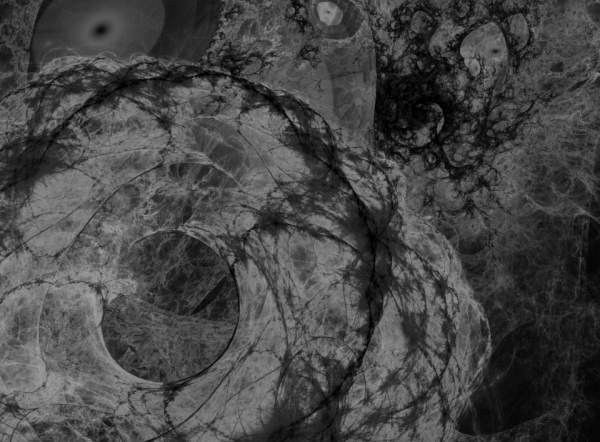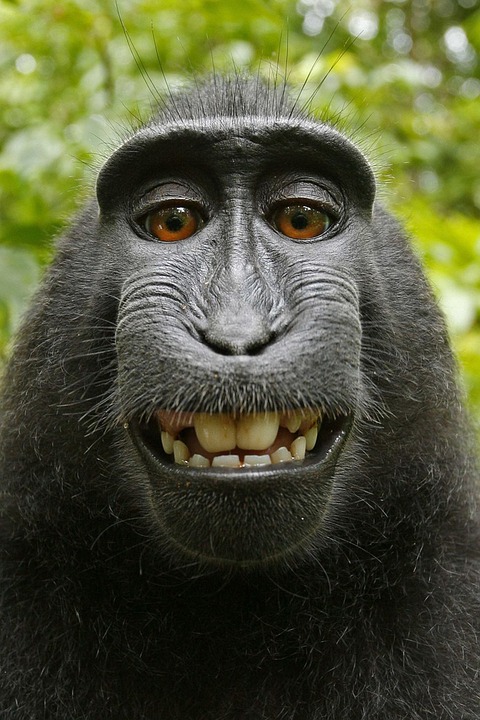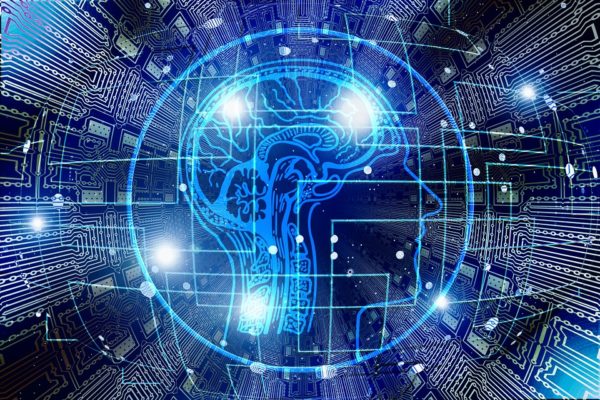World’s Biggest Plane to Launch Hypersonic Vehicles
Stratolaunch has found another use for the biggest airplane ever built. The company, which Microsoft co-founder Paul Allen established in 2011, originally planned to launch satellites using the aircraft, which has a wingspan of 385 feet (117 meters). But Allen died in October 2018 and Stratolaunch was sold last year, raising questions about the company’s future. Some of those questions have now been answered. Stratolaunch’s website now reveals that the company has reinvented itself as a builder, tester and operator of hypersonic vehicles — those that can travel at least five times the speed of sound, or Mach 5. “Our … Read more












